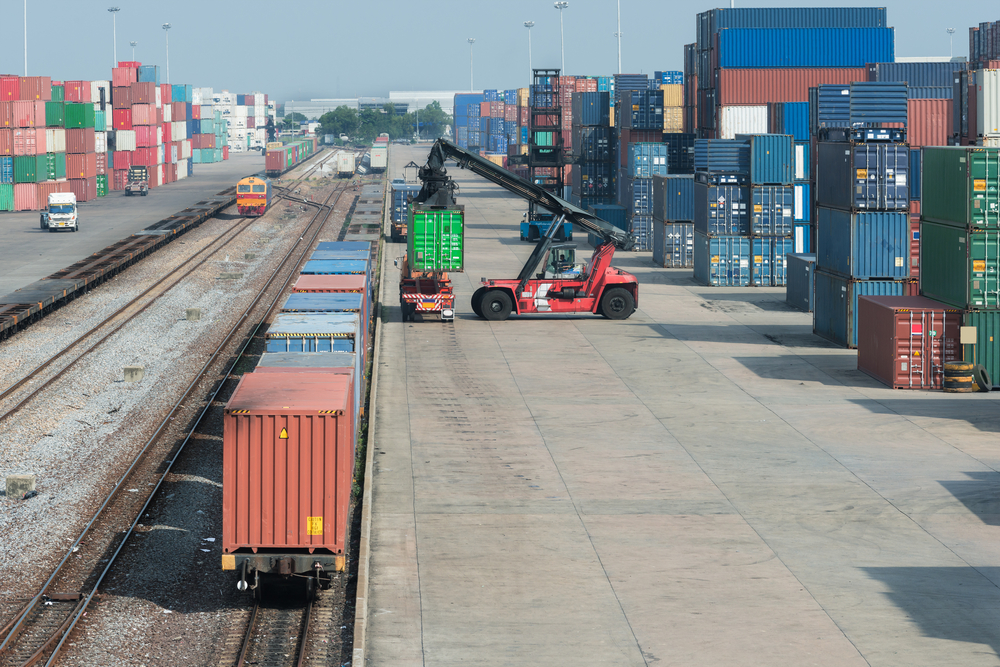How to Survive Supply Chain Disruptions
We could write volumes about the variety of supply chain disruptions companies face right now. With roots firmly in the pandemic, the disruptions have spread across supply chains like tidal waves. Here are just a few:
- Higher raw materials costs due to shipping delays and labour shortages
- Higher consumer demand for goods due to lower spending on travel, restaurants and entertainment
- Shortages of shipping containers
- Capacity crunches in-ground and ocean transportation networks
- Warehousing over- and under-capacity due to intermittent availability of goods
- Delayed rebound in markets and manufacturing due to ongoing pandemic concerns
The depth and breadth of the disruptions mean that few businesses are able to avoid them all.
4 Ways to Survive Supply Chain Disruptions
While it may be impossible to escape them, every business can take steps to mitigate the risks of disruptions in their supply chains.
-
Get Serious About Inventory Management
Many businesses simply accept lost inventory as a line item. But it’s more costly now than ever. Review and optimize your inventory management systems and employee training to minimize inventory loss.
-
Reduce Materials Handling
Every touchpoint you have with materials and products is an opportunity for damage. Similar to lost inventory, product damage has more severe consequences in the face of other disruptions. Review your procedures and look for ways to reduce materials handling.
-
Have Transportation Options
Perhaps one of the most frustrating disruptions is having what you need onshore, but not being able to receive it. Establish and maintain relationships with a variety of transportation options that may help keep your supply chain in motion.
-
Make Your Warehousing Capacity More Flexible
Empty warehouse space can be frustrating too. But not as frustrating as having goods available, but not having the warehousing space to store them. Streamlining your warehouse management systems can help you make the best use of your space. And third-party logistics companies, like PiVAL, have on-demand warehousing capacity and services close to major transportation routes available for as long as you need them.
To learn more about managing your warehouse, check out our article “5 Considerations when Considering a Warehouse Management System“.
What challenges are you currently facing that are disrupting your supply chain, ultimately impacting how you service your customers? My team and I are ready to help you optimize your supply chain. Contact me today to discuss how we can support your growth.
Stay Up-To-Date
There's always something new from PiVAL



Comments are closed.